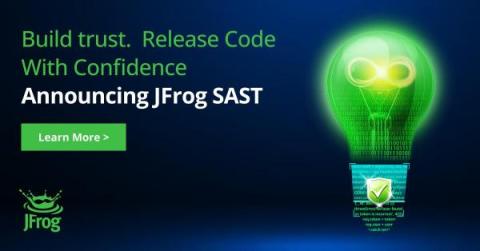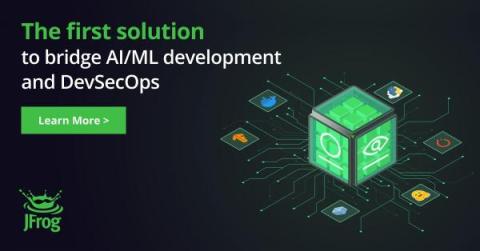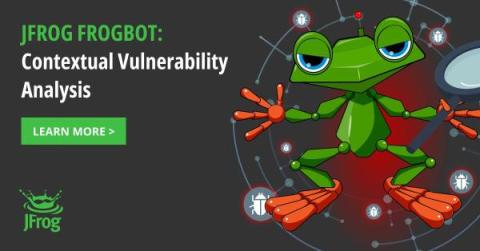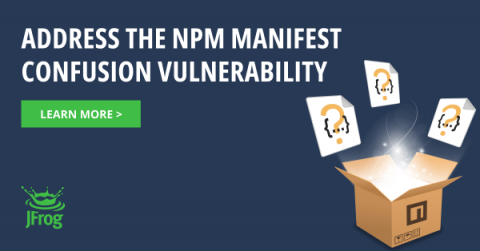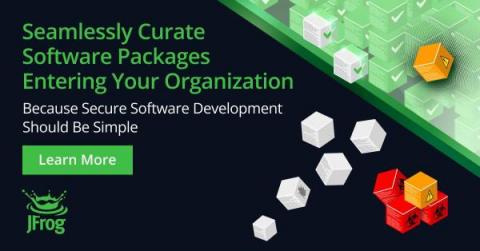CVE-2023-38545 & CVE-2023-38546 Curl and libcurl Vulnerabilities: All you need to know
On Wednesday, October 4th 2023, Daniel Stenberg, one of Curl’s core maintainers announced that a forthcoming release of Curl, version 8.4.0, is scheduled to be available on October 11th 2023 at approximately 06:00 UTC. The upcoming release will include fixes for two Curl vulnerabilities that they had discovered. One of these vulnerabilities is rated as having low severity (CVE-2023-38546), whereas the second one is considered high severity (CVE-2023-38545).




